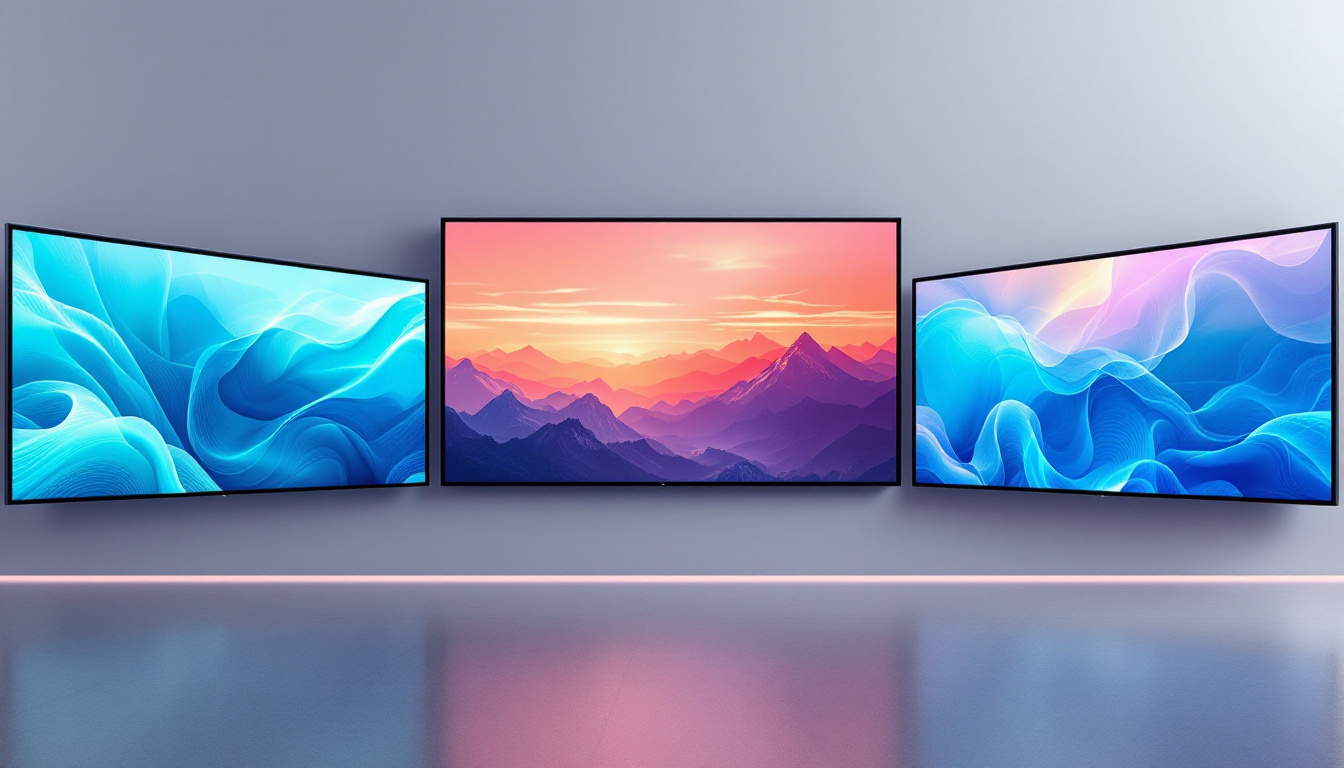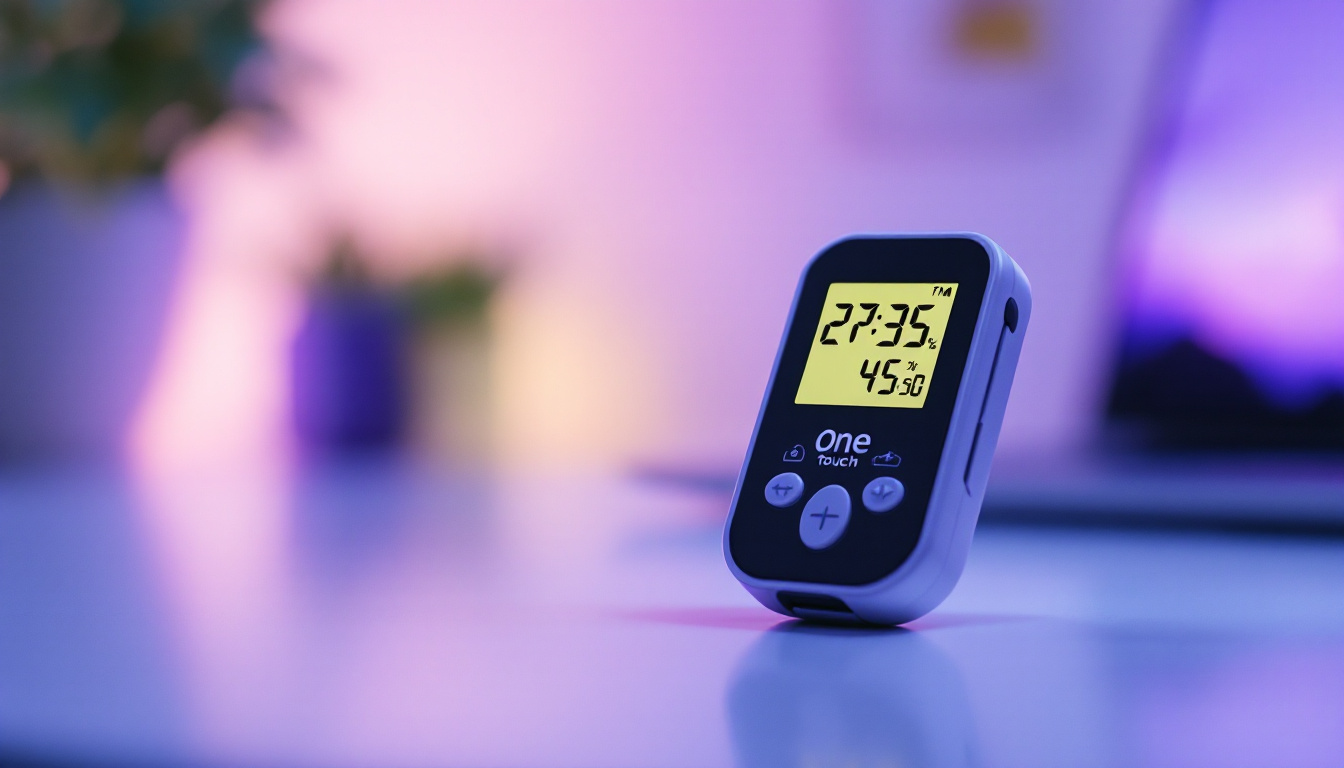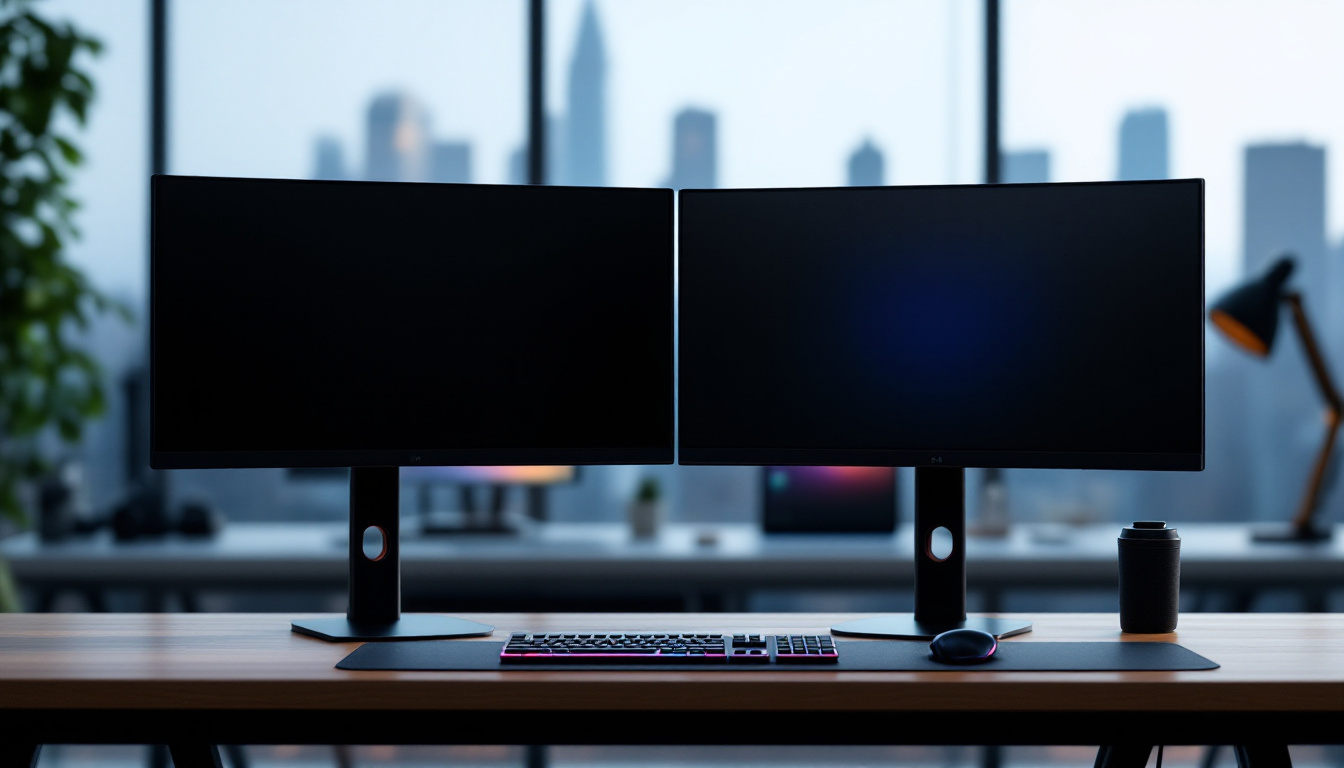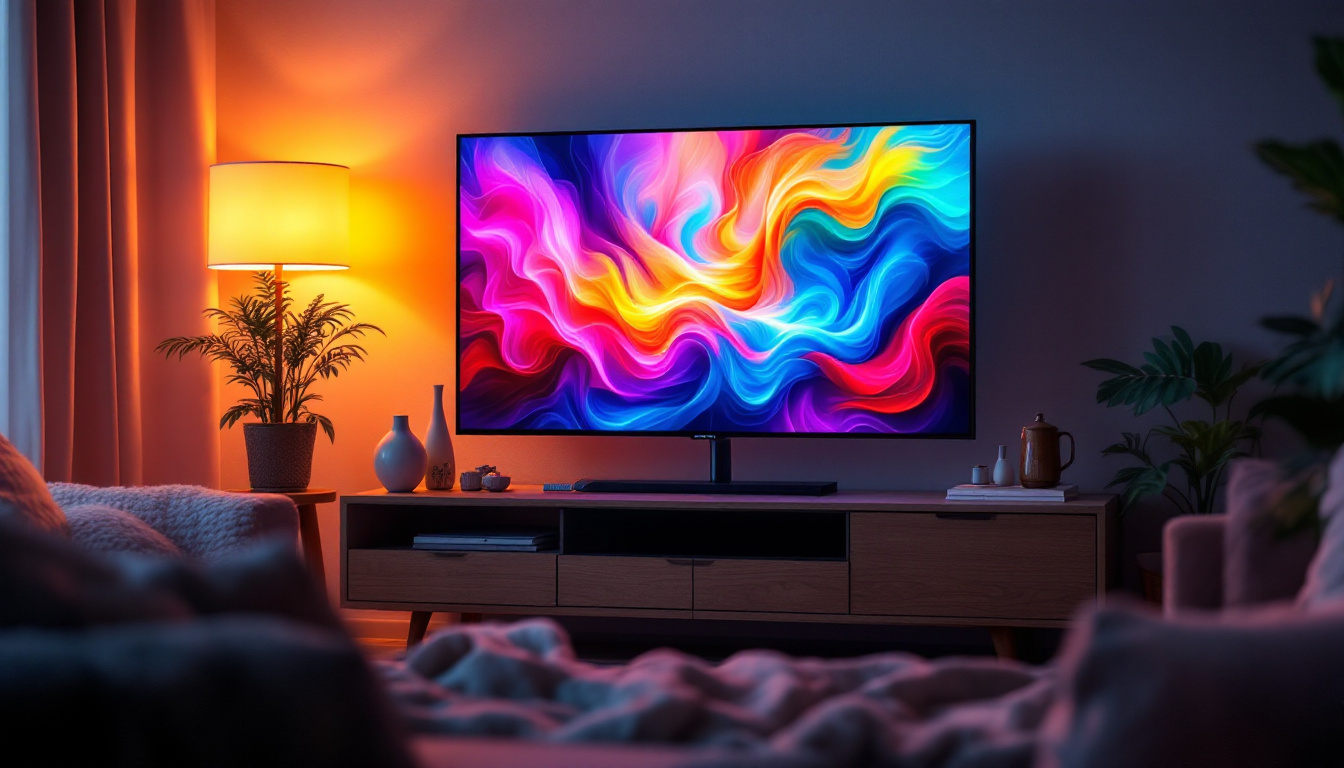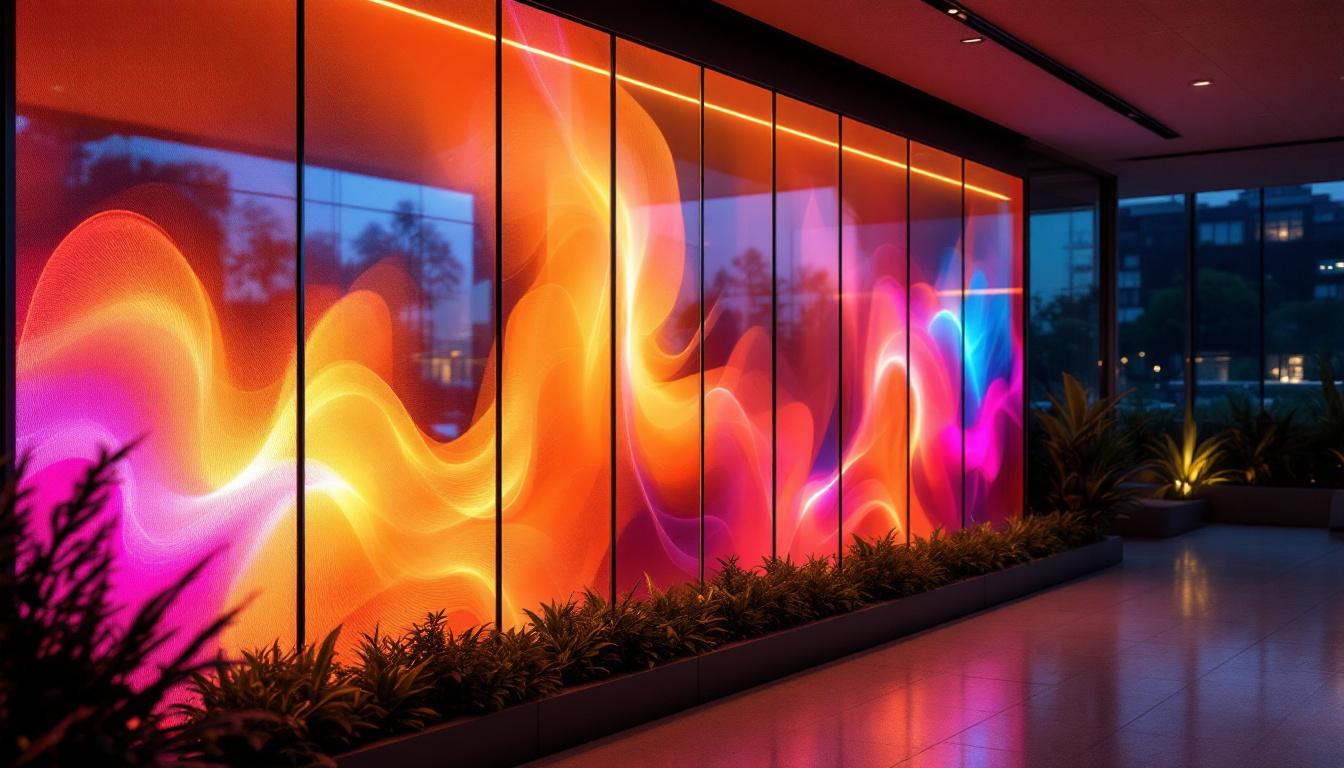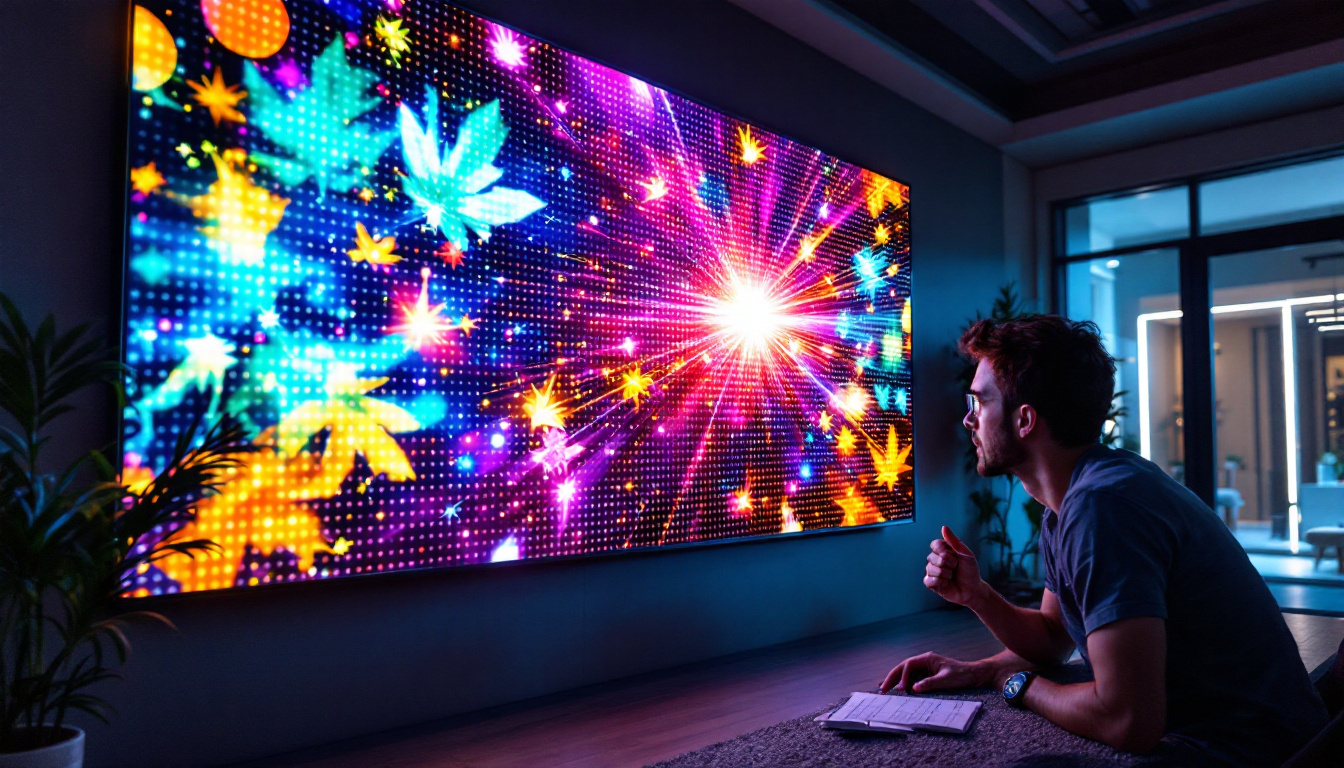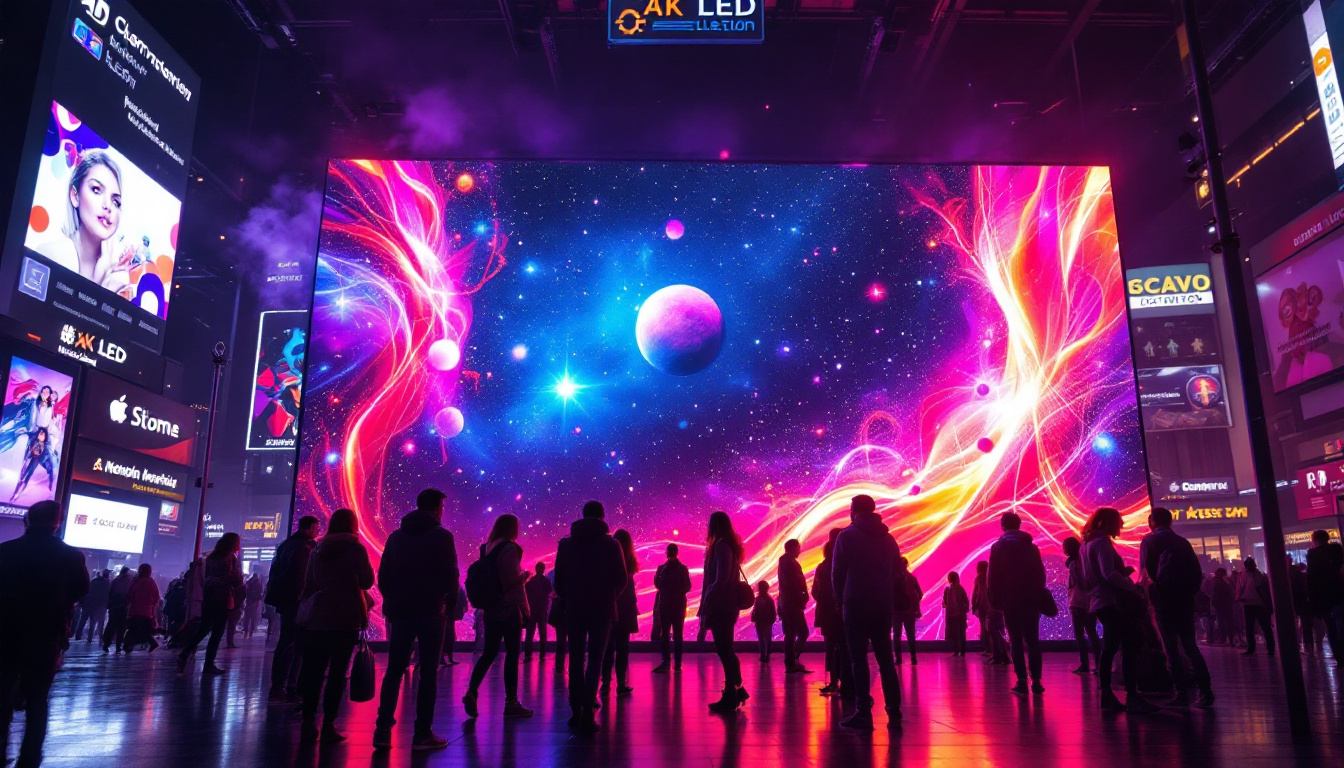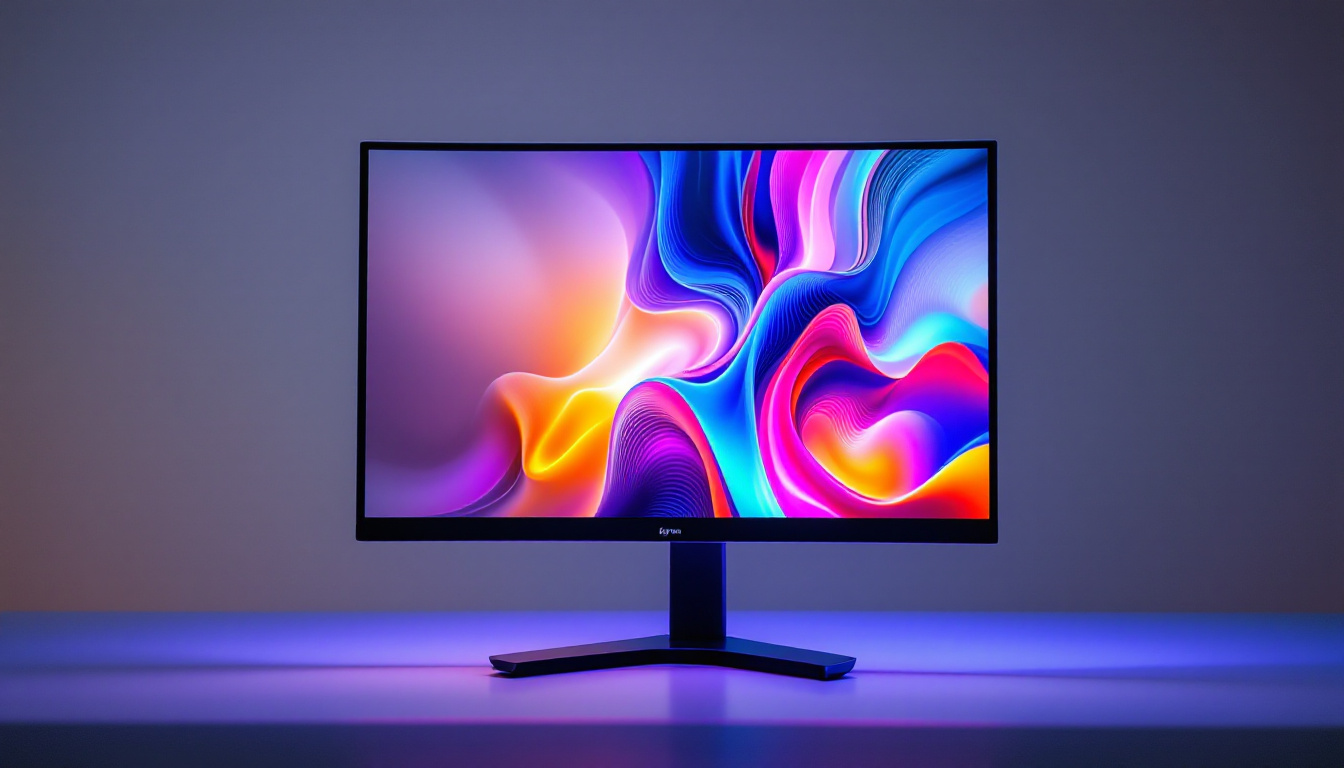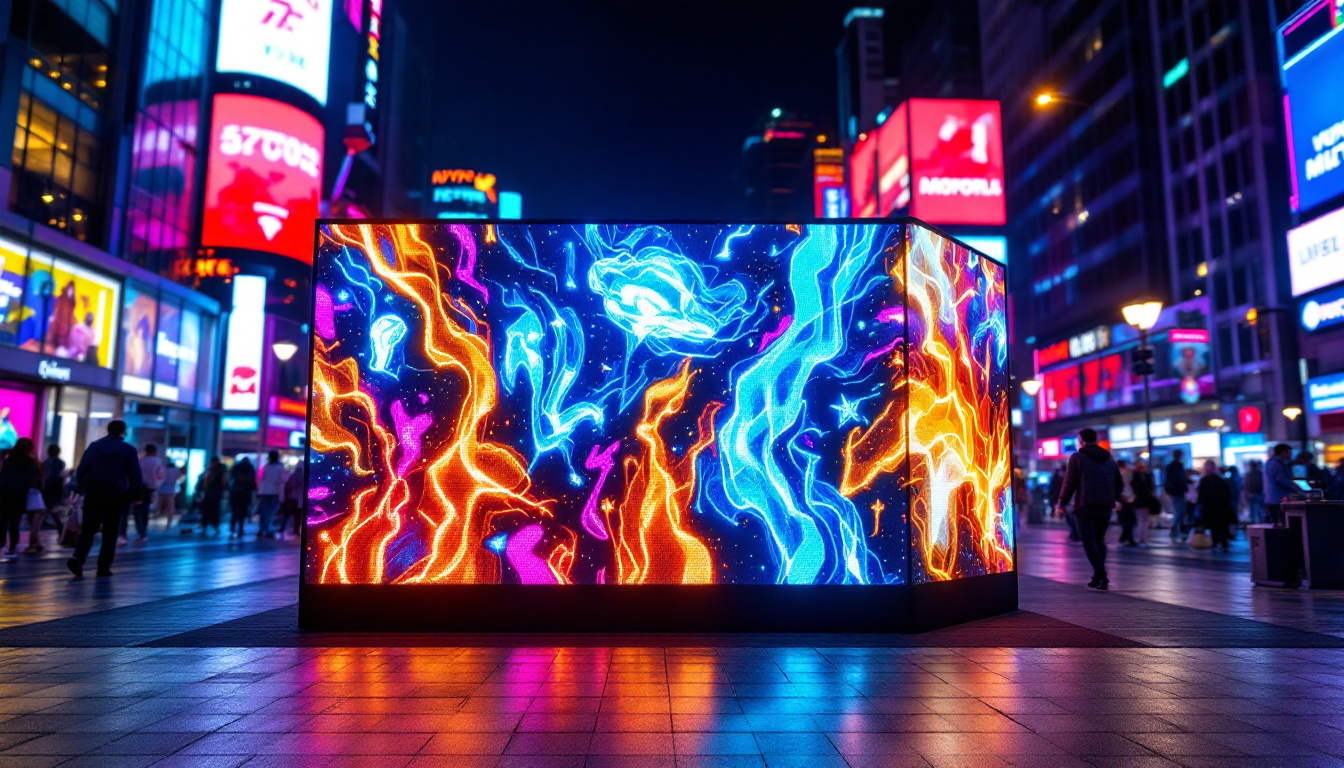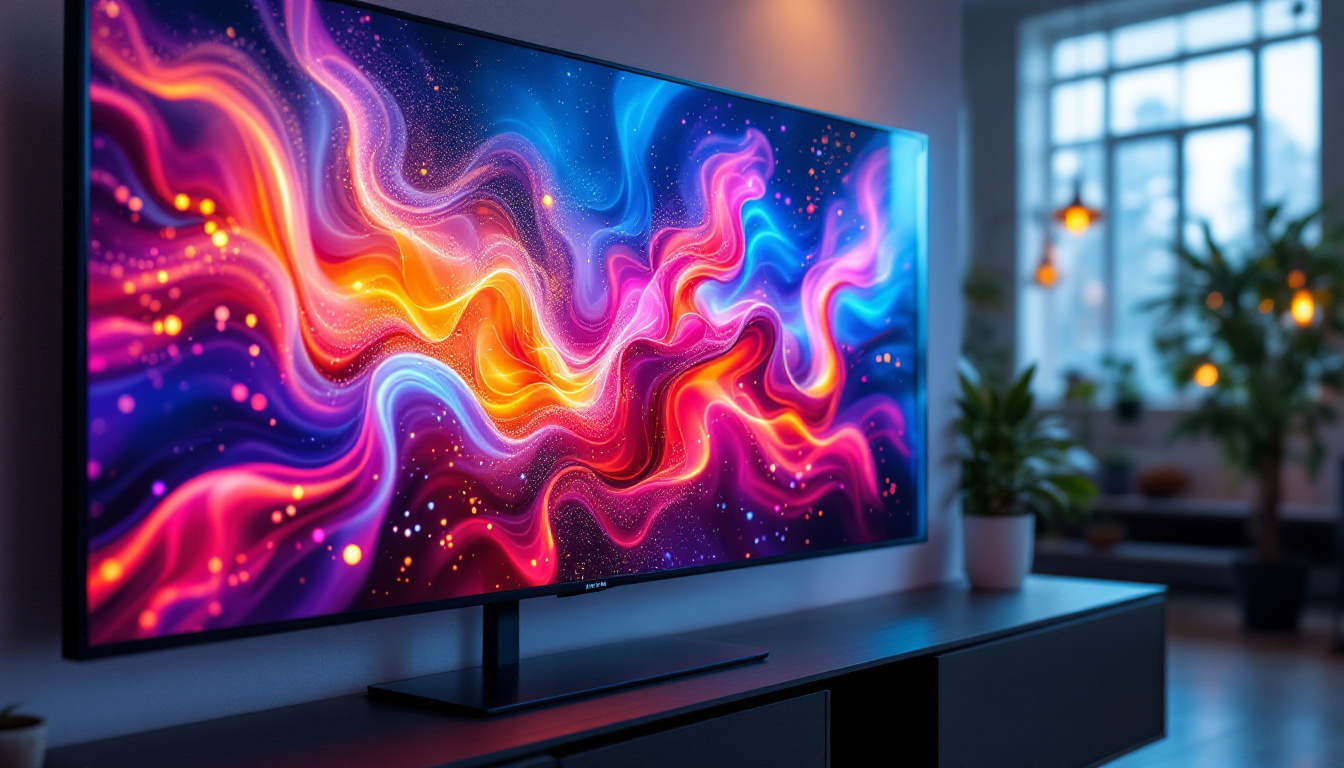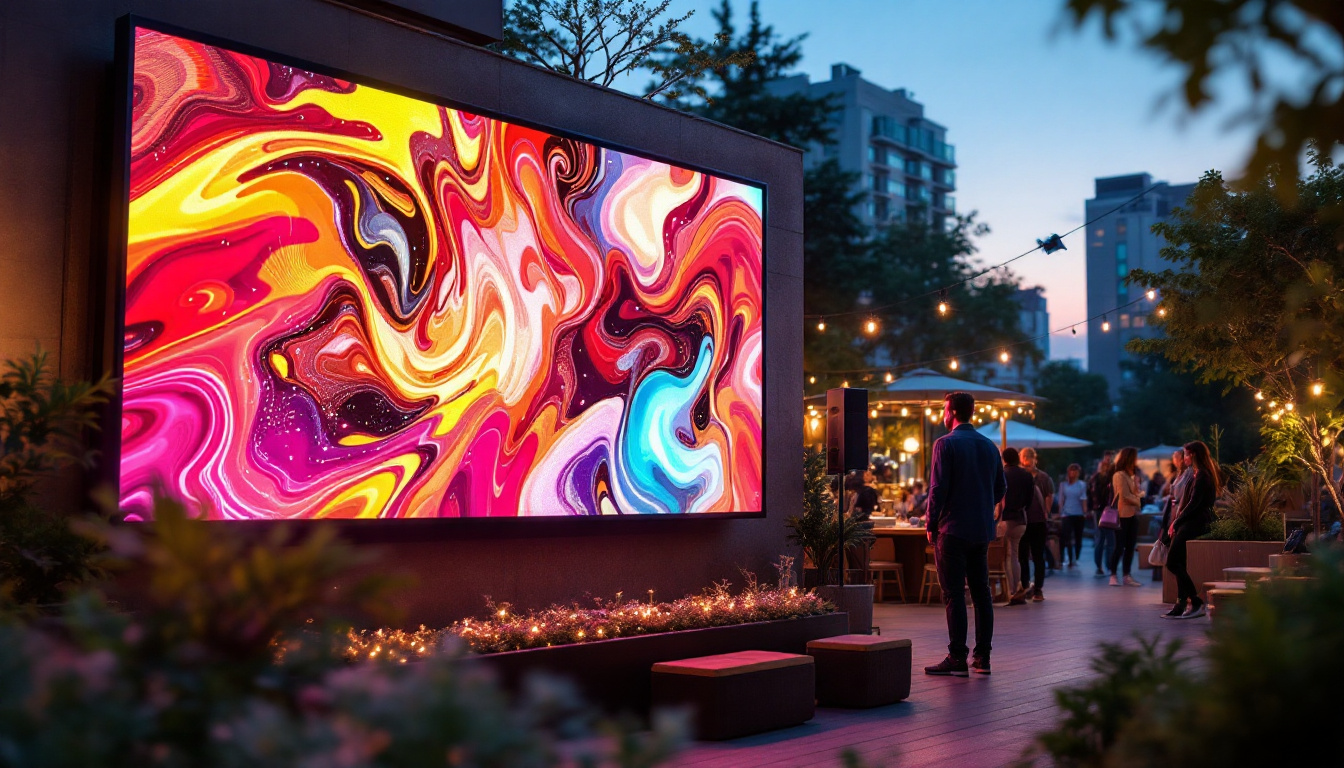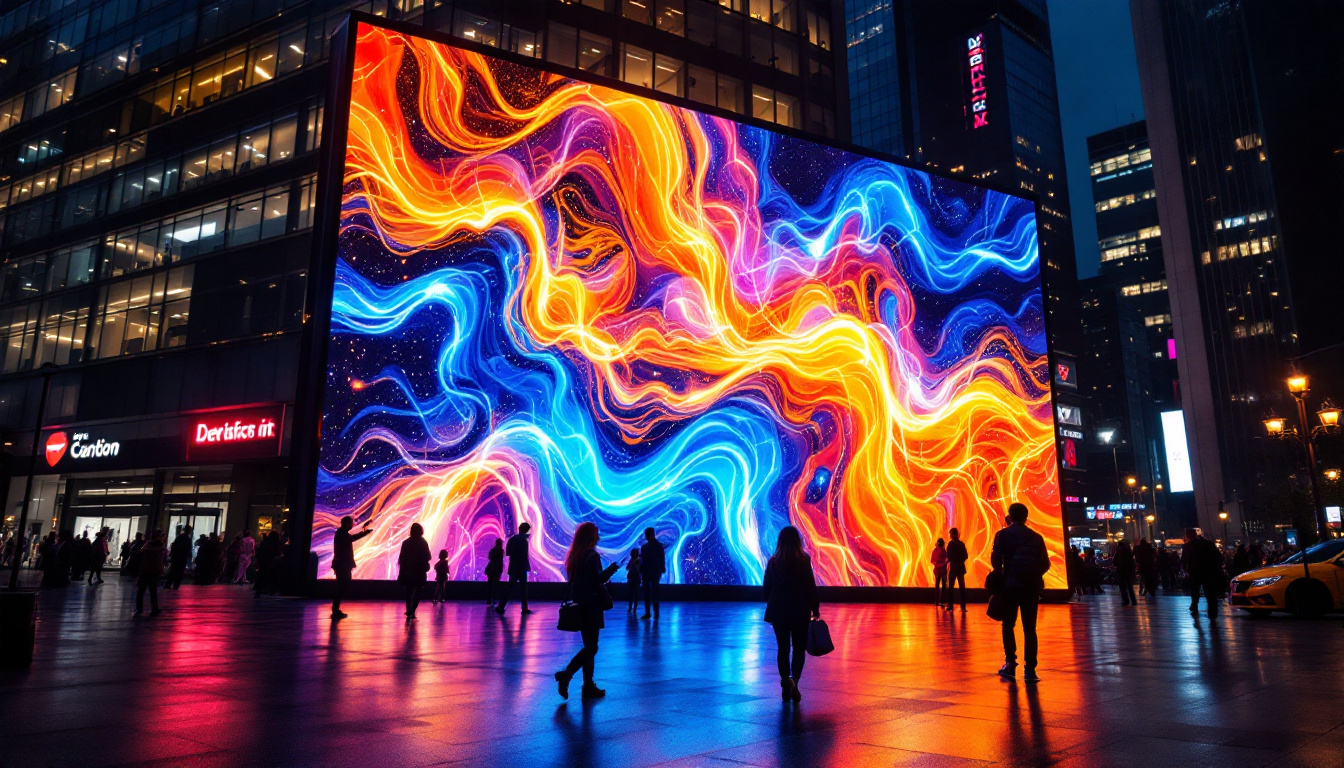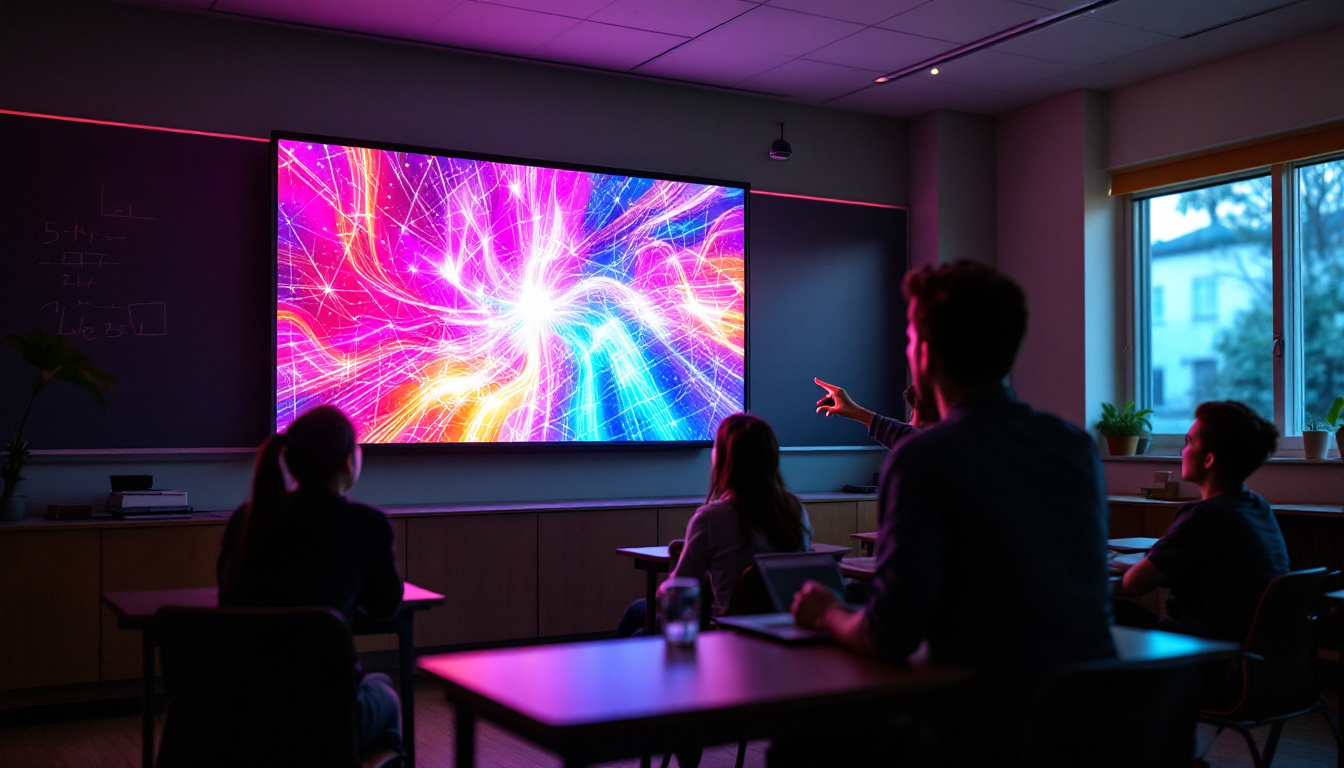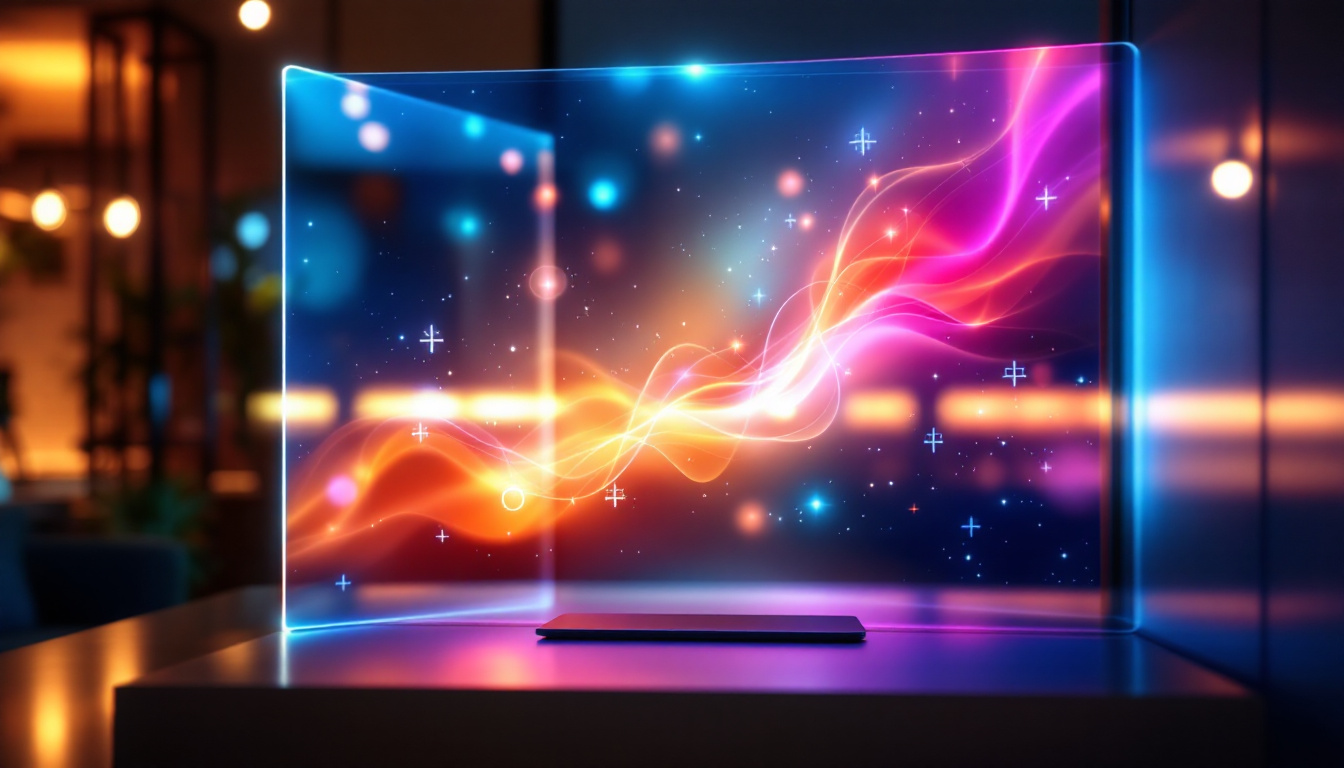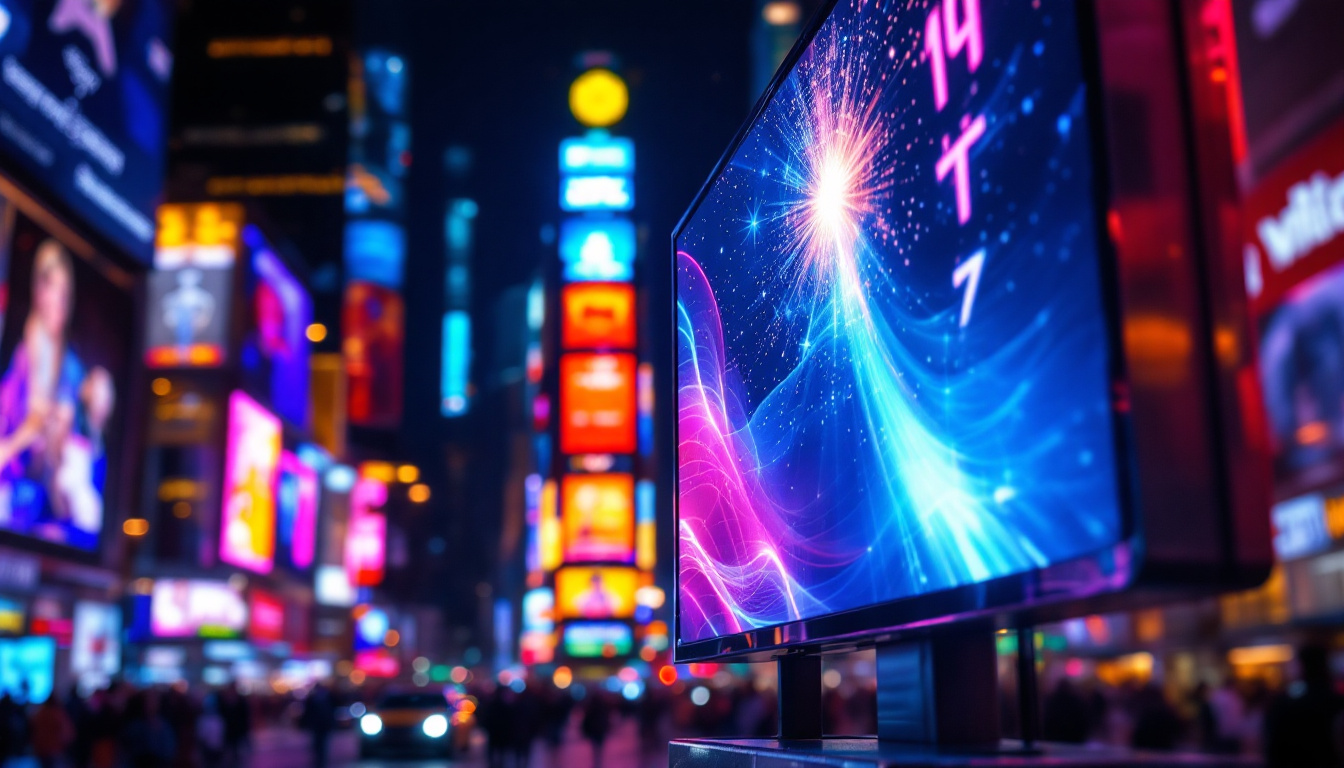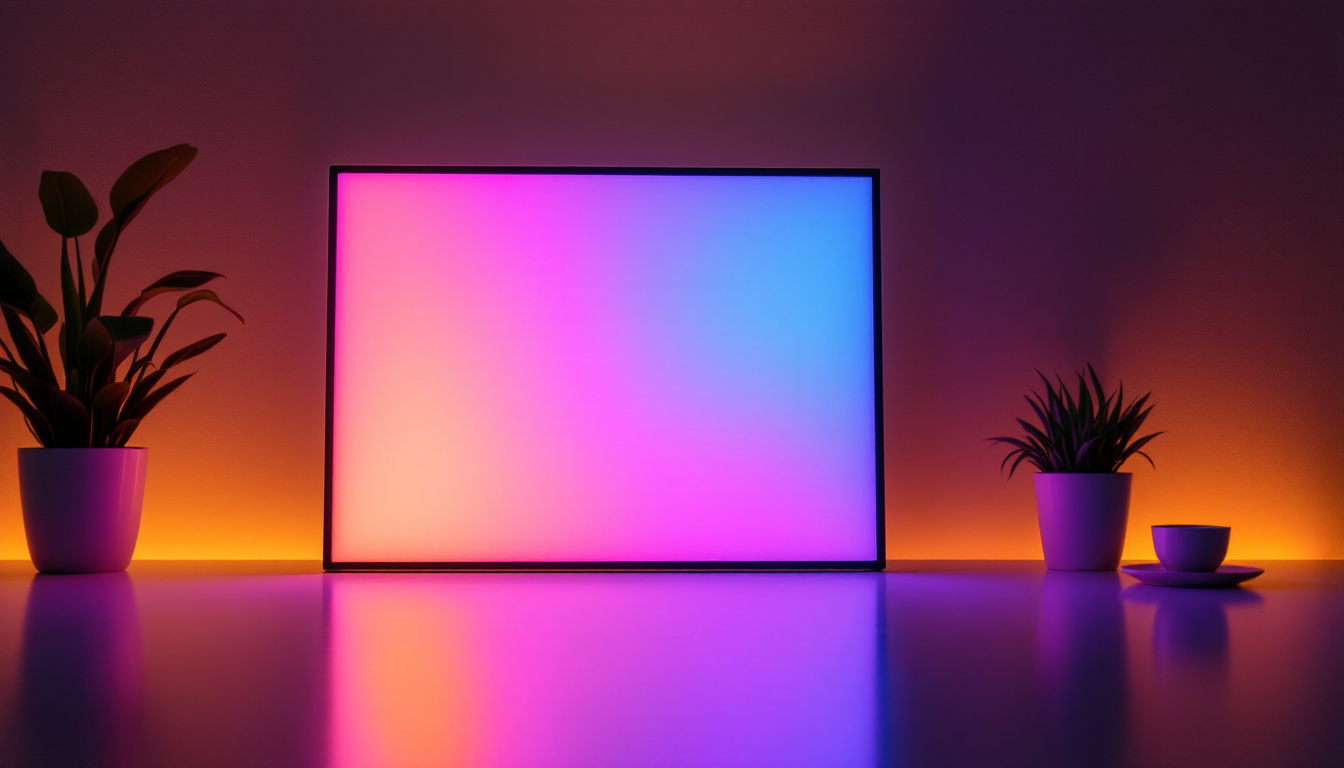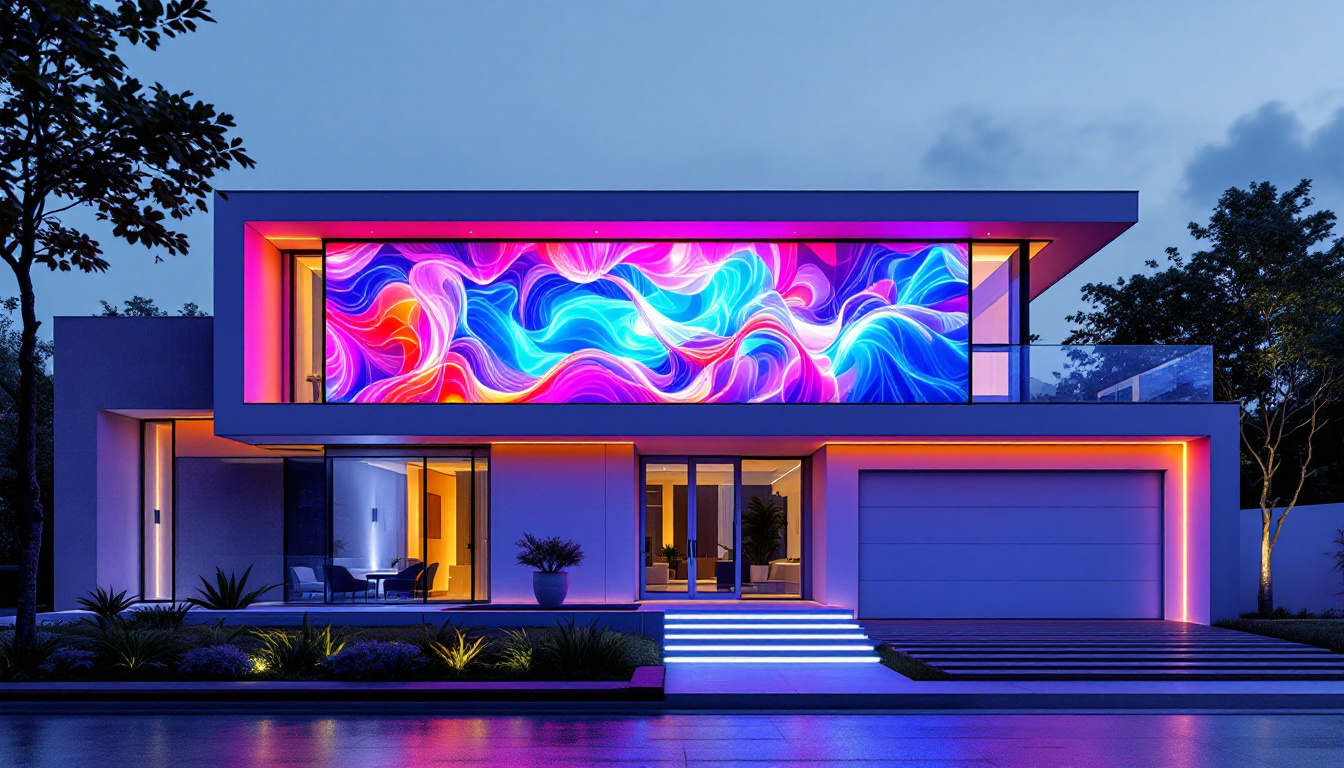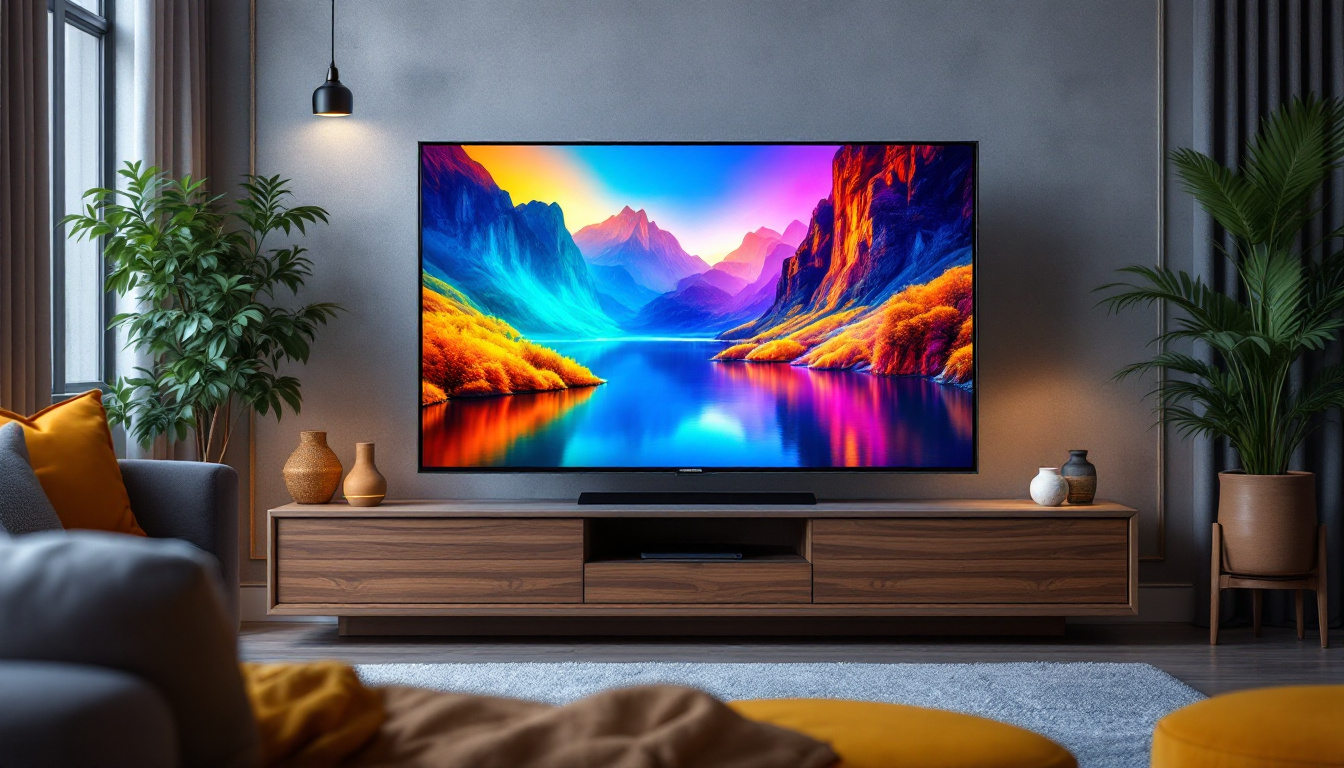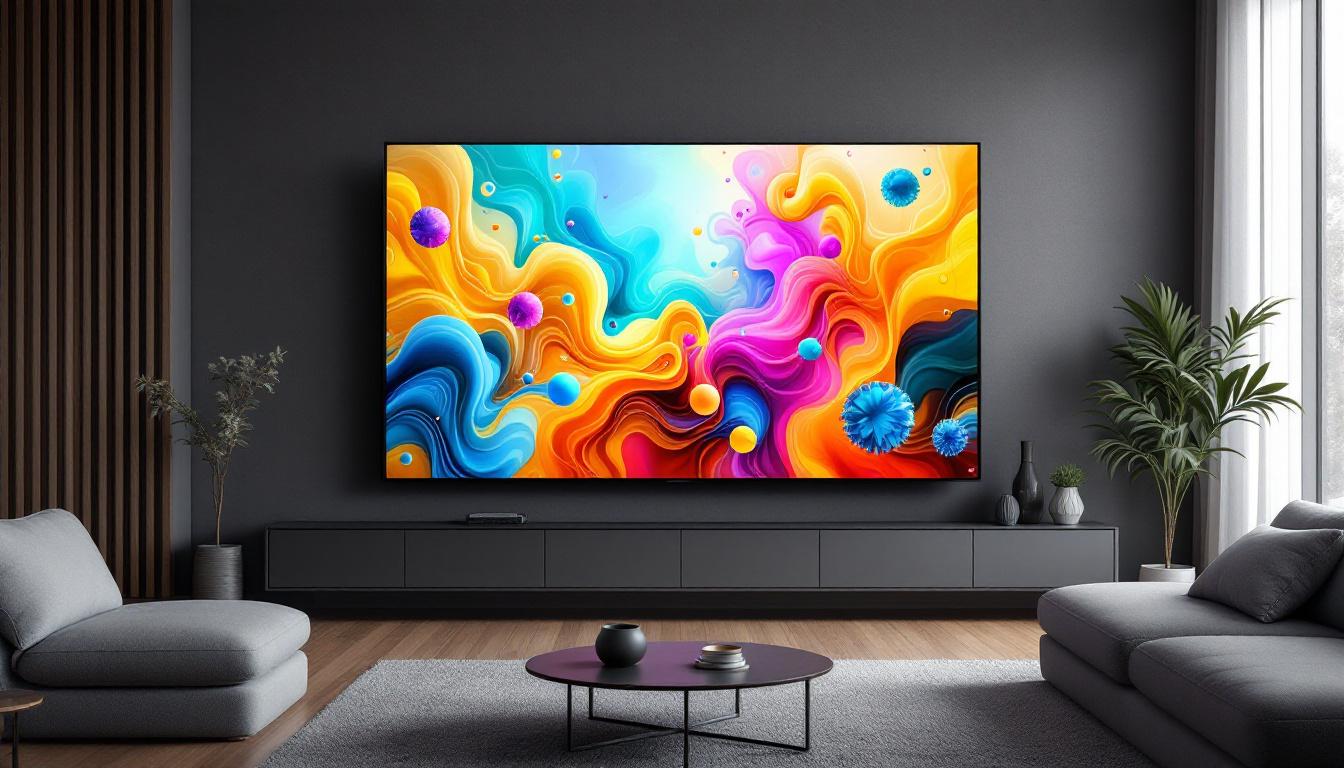In the realm of modern display technology, video walls have emerged as a powerful medium for communication and visual storytelling. Among the various configurations available, a setup featuring two portrait and one landscape display presents unique advantages and applications. This article delves into the intricacies of this arrangement, exploring its benefits, technical specifications, and ideal use cases.
Understanding Video Walls
Video walls are large displays composed of multiple screens that work together to present a cohesive image or video. They are widely used in various settings, including corporate environments, retail spaces, and public venues. The flexibility of video walls allows for different configurations, such as portrait and landscape orientations, enabling users to tailor their presentations to specific needs.
What is a Video Wall?
A video wall is essentially a matrix of screens that can be arranged in various shapes and sizes. Each screen functions as an individual display, but when combined, they create a larger visual canvas. This technology is particularly effective for showcasing dynamic content, such as advertisements, informational videos, or live feeds.
The seamless integration of multiple screens is achieved through advanced video processing technology, which ensures that the content displayed on each screen aligns perfectly, creating an immersive viewing experience. Additionally, modern video walls often incorporate high-definition displays and robust color calibration techniques, resulting in stunning visuals that can captivate any audience. The ability to control each screen independently allows for a wide range of creative possibilities, from displaying a single large image to a grid of smaller visuals that tell a story or convey complex information.
Portrait vs. Landscape Orientation
The orientation of the screens plays a crucial role in how content is perceived. Portrait orientation, where the screens are taller than they are wide, is ideal for displaying vertical content, such as social media feeds, news tickers, or digital signage. On the other hand, landscape orientation, where the screens are wider than they are tall, is more suited for traditional video content and presentations.
Combining both orientations in a single video wall setup allows for a versatile approach to content display. This configuration can enhance user engagement by presenting information in a visually appealing manner that captures attention. Furthermore, the choice of orientation can significantly impact the viewer’s experience; for instance, portrait displays can create a more immersive environment for events like exhibitions or trade shows, where vertical content is prevalent. In contrast, landscape displays are often preferred in environments like conference rooms or auditoriums, where the focus is on delivering comprehensive presentations or videos that require a broader visual scope.
Moreover, the adaptability of video walls extends beyond orientation; they can also be customized with various technologies, such as touch interactivity or augmented reality features. This interactivity invites viewers to engage with the content more deeply, transforming passive observation into an active experience. As technology continues to evolve, the potential applications for video walls will only expand, making them an increasingly integral part of modern visual communication strategies.
Benefits of a 2 Portrait and 1 Landscape Configuration
The specific arrangement of two portrait displays flanking a landscape display offers several advantages that can be leveraged in various scenarios. This unique setup is not only functional but also aesthetically pleasing, making it a popular choice for many applications.
Enhanced Visual Impact
One of the primary benefits of a 2 portrait and 1 landscape video wall is the enhanced visual impact it provides. The combination of orientations allows for a more dynamic presentation of content. For instance, the landscape display can showcase a central video or image, while the portrait displays can provide supplementary information or related visuals.
This arrangement can create a more engaging experience for viewers, drawing them in with a central focal point while offering additional context through the surrounding screens. This multi-dimensional approach is particularly effective in environments where capturing attention is paramount.
Versatility in Content Display
The versatility of this configuration allows for a wide range of content types to be displayed effectively. Businesses can utilize the landscape screen for promotional videos or product showcases, while the portrait screens can feature customer testimonials, social media interactions, or real-time data feeds.
This flexibility enables organizations to adapt their messaging based on the audience or context, making it easier to convey information in a way that resonates with viewers. Whether in a retail environment or a corporate setting, the ability to mix content types can enhance overall communication strategies.
Space Optimization
In many cases, space is a critical consideration when designing a display setup. The 2 portrait and 1 landscape configuration can be an efficient use of space, allowing organizations to maximize their visual impact without overwhelming the area. This is particularly beneficial in locations with limited wall space or where a more compact display is required.
By strategically positioning the screens, businesses can create an eye-catching display that fits seamlessly into their environment, enhancing the overall aesthetic while maintaining functionality.
Technical Specifications of LED Displays
Understanding the technical specifications of LED displays is essential for anyone considering a video wall setup. The quality of the display, resolution, brightness, and other factors can significantly impact the effectiveness of the installation.
Resolution and Pixel Density
The resolution of an LED display refers to the number of pixels it contains, which directly affects the clarity and detail of the images presented. Higher resolutions provide sharper images, making them ideal for close viewing distances. For a video wall with two portrait and one landscape display, ensuring that all screens have matching resolutions is crucial for a seamless visual experience.
Pixel density, measured in pixels per inch (PPI), is another important factor. A higher pixel density results in a clearer image, especially when viewed from a short distance. For environments like retail spaces or corporate lobbies, where viewers may be close to the display, investing in high-resolution screens can enhance the overall impact.
Brightness and Contrast
Brightness is a critical specification for LED displays, particularly in environments with high ambient light. A display’s brightness is measured in nits, and higher values are necessary for visibility in bright settings. The contrast ratio, which measures the difference between the darkest and brightest parts of an image, also plays a significant role in image quality. A high contrast ratio ensures that colors appear vibrant and details remain visible, even in challenging lighting conditions.
For a video wall setup, it is essential to select displays that offer adequate brightness and contrast to ensure that content is easily viewable from various angles and distances.
Ideal Use Cases for a 2 Portrait and 1 Landscape Video Wall
The versatility of a video wall featuring two portrait and one landscape display makes it suitable for a variety of applications across different industries. Here are some of the most effective use cases:
Retail Environments
In retail settings, capturing customer attention is paramount. A video wall configured with two portrait and one landscape display can showcase promotional videos, product information, and customer testimonials simultaneously. The landscape screen can feature a central advertisement, while the portrait displays can provide additional context, such as pricing or product details.
This engaging setup can help drive sales by creating an immersive shopping experience, encouraging customers to interact with the displays and learn more about the products on offer.
Corporate Communication
In corporate environments, effective communication is essential for conveying messages to employees and stakeholders. A video wall can be used for presentations, live feeds, or internal announcements. The central landscape display can host the main presentation, while the portrait displays can show supplementary information, such as key performance indicators or team highlights.
This configuration not only enhances the clarity of the information being presented but also fosters a collaborative atmosphere, encouraging discussion and engagement among attendees.
Event Venues and Public Spaces
Event venues and public spaces can benefit significantly from a 2 portrait and 1 landscape video wall setup. Whether it’s for concerts, conferences, or exhibitions, this configuration allows for dynamic content presentation that can adapt to the event’s theme or requirements. The landscape display can be used for live feeds or event highlights, while the portrait displays can showcase sponsor logos, social media interactions, or interactive content.
This flexibility makes it easier to engage audiences and create memorable experiences, ultimately enhancing the overall success of the event.
Installation Considerations
When planning to install a video wall with two portrait and one landscape display, several factors must be considered to ensure a successful implementation. From space planning to technical requirements, careful attention to detail is essential.
Space Planning and Layout
Before installation, it is crucial to assess the available space and determine the optimal layout for the video wall. Considerations such as viewing distance, wall dimensions, and ambient light conditions will influence the arrangement of the displays. Proper space planning ensures that the video wall is not only visually appealing but also functional and effective in conveying messages.
Additionally, the layout should take into account the audience’s line of sight, ensuring that all viewers can see the content clearly, regardless of their position in the room.
Technical Setup and Calibration
The technical setup of the video wall is a critical phase that involves connecting the displays, configuring video processing equipment, and calibrating the screens for optimal performance. Professional installation is often recommended to ensure that all components work seamlessly together.
Calibration is particularly important, as it ensures that colors and brightness levels are consistent across all screens. This step is essential for creating a cohesive visual experience, as discrepancies between displays can detract from the overall impact of the video wall.
Conclusion
A video wall featuring two portrait and one landscape display offers a versatile and visually striking solution for various applications. By understanding the benefits, technical specifications, and ideal use cases, organizations can leverage this technology to enhance communication, engage audiences, and create memorable experiences.
As display technology continues to evolve, the potential for innovative configurations and applications will only increase. Investing in a well-designed video wall setup can provide a significant return on investment, making it a valuable asset for businesses looking to stand out in a competitive landscape.
Discover LumenMatrix’s Innovative LED Solutions
Ready to elevate your visual storytelling and captivate your audience with a stunning video wall? Explore LumenMatrix’s comprehensive range of LED display solutions, from Indoor and Outdoor LED Wall Displays to specialized options like Vehicle, Sports, and Floor LED Displays. Each product is crafted with precision to ensure your message resonates with clarity and impact. Experience the future of visual communication with LumenMatrix and transform your space into a dynamic environment. Check out LumenMatrix LED Display Solutions today and bring your vision to life.

